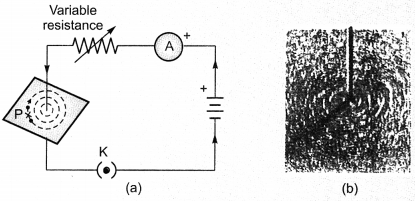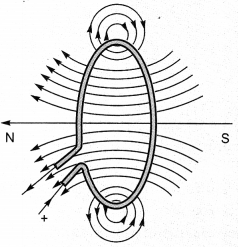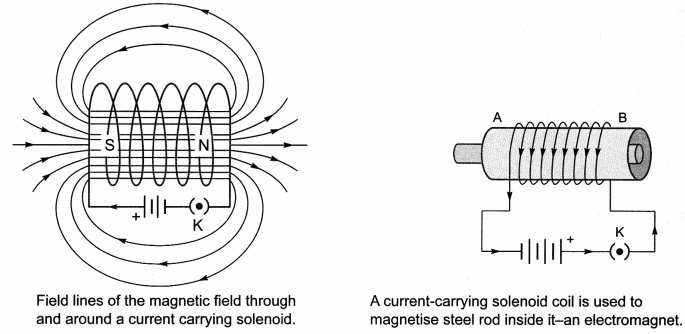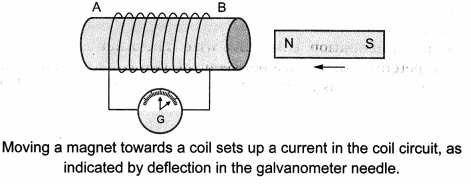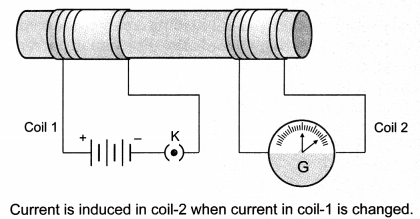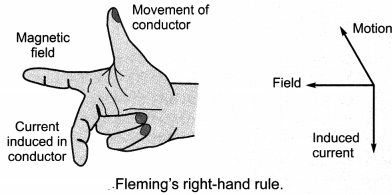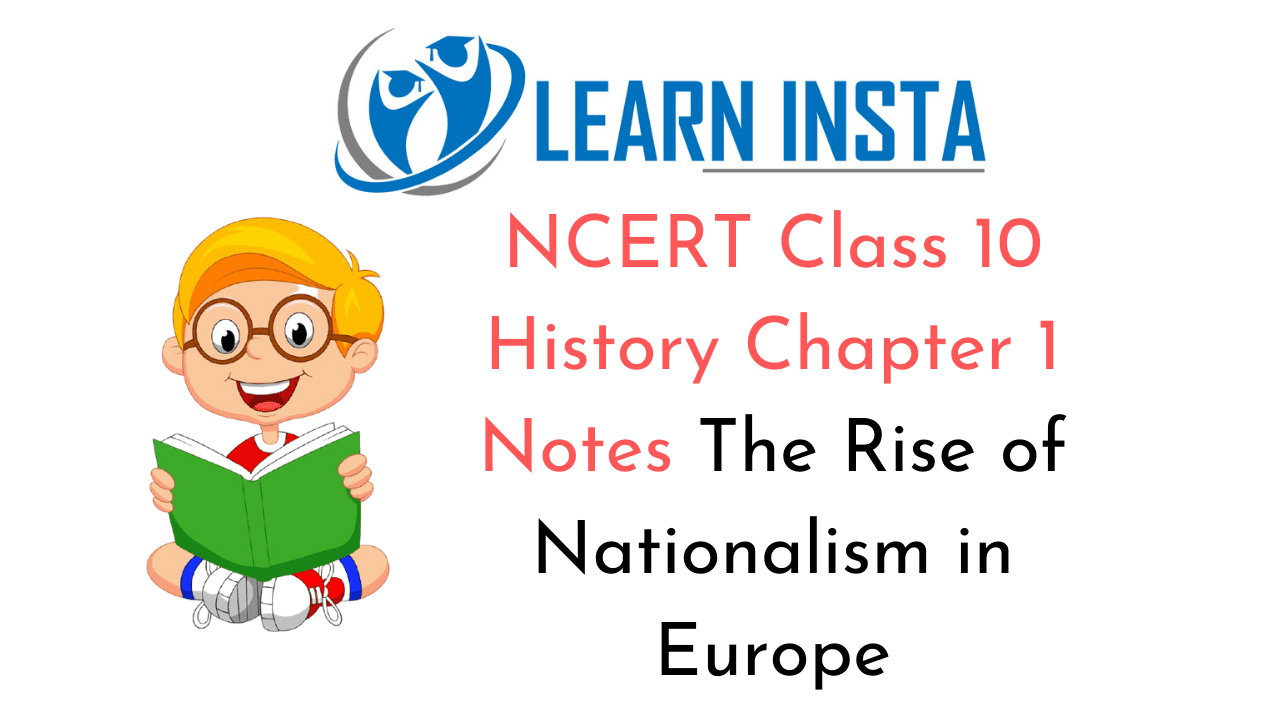
On this page, you will find NCERT Class 10 History Chapter 1 Notes Pdf free download. CBSE Class 10 Social Science Notes History Chapter 1 SST The Rise of Nationalism in Europe will seemingly, help them to revise the important concepts in less time.
The Rise of Nationalism in Europe Class 10 Notes Social Science History Chapter 1
CBSE Class 10 History Chapter 1 Notes Understanding the Lesson
1. During the nineteenth century, nationalism emerged as a force which brought about sweeping changes in the political and mental world of Europe. The final result of these changes was the emergence of the nation-state in place of the multinational dynastic empire of Europe.
2. The first clear expression of nationalism came with the French Revolution in 1789. France was a full-fledged territorial state in 1789 under the rule of an absolute monarch. The political and constitutional changes that came in the wake of the French Revolution led to the transfer of sovereignty from the monarchy to a body of French citizens.
3. A new French flag, the tricolour, was chosen to replace the former royal standard. The Estates-General was elected by the body of active citizens and renamed the National Assembly. New hymns were composed, oaths taken and martyrs remembered, all in the name of the nation.
4. The news of the events in France reached the different cities of Europe. As a result, people in these cities began setting up Jacobin clubs. Their activities and campaigns prepared the way for the French armies which moved into Holland, Belgium, Switzerland and Italy and spread there the idea of nationalism. The cities like Brussels, Mainz, Milan and Warsaw also welcomed the French armies. They began to view the French armies as harbingers of liberty.
5. There were no nation-states in mid-eighteenth-century Europe. Germany, Italy and Switzerland were divided into several kingdoms. Eastern and central Europe were under autocratic monarchies within the territories of which lived diverse peoples. Often, they spoke different languages and belonged to different ethnic groups. The only tie binding these diverse groups together was a common allegiance to the emperor.
6. The continent of Europe was dominated by the landed aristocracy. Although it constituted a small group, it was very powerful. The majority of the population was made up of the peasantry. With industrialization, new social groups which included a working-class population, and middle classes made up of industrialists, businessmen, professionals etc. came into being. However, the educated, liberal middle classes began to think of ways to abolish aristocratic privileges.
7 . Ideas of national unity in early-nineteenth-century Europe were closely allied to the ideology of liberalism. For the new middle classes liberalism stood for freedom for the individual and equality of all before the law. In the economic sphere, liberalism stood for the freedom of markets and the abolition of state-imposed restrictions on the movement of goods and capital.
8. Napoleon, who ruled France for more than a decade, was defeated by the collective power of Britain, Russia, Prussia and Austria. Afterwards, the representatives of these European powers met at Vienna in 1815 and drew up the treaty of Vienna with the object of undoing most of the changes that had come about in Europe during the Napoleonic wars. The main intention was to restore the monarchies and create a new conservative order in Europe.
9. Conservative regimes set up in 1815 were autocratic. They did not tolerate criticism and dissent and imposed censorship on newspapers, books, plays and songs that reflected the ideas of liberty and freedom. Many liberal-nationalists, therefore, went underground. Secret societies in many European states began to train revolutionaries who aimed at the creation of nation-states.
10. One such revolutionary was Giuseppe Mazzini who hailed from Italy. He became a member of the secret society of the Carbonari. Afterwards he founded two more underground societies whose members were young men from Poland, France, Italy and the German states.
11. Revolutions led by the liberal-nationalists spread in many regions of Europe. The first upheaval took place in France in July 1830 as a result of which the Bourbon kings were overthrown and a constitutional monarchy with Louis Philippe as its head was installed. The July Revolution sparked an uprising in Brussels which led to Belgium breaking away from the United Kingdom of the Netherlands.
12. The growth of revolutionary nationalism in Europe gave rise to a struggle for independence amongst the Greeks. In 1832, the Treaty of Constantinople took place which finally recognized Greece as an independent nation.
13. Culture also played an important role in creating the idea of the nation. Art and poetry, stories and music helped express and shape nationalist feelings. Language too contributed a lot in the development of nationalist sentiments.
14. With an enormous increase in population in the nineteenth century Europe led to widespread poverty in town and country. In 1848, the poor people of Paris came out on the roads forcing Louis Philippe to flee. A National Assembly proclaimed a republic, granted suffrage to all adult males above 21, and guaranteed the right to work. National workshops to provide employment were set up.
15. Revolutions were also started by the educated middle classes belonging to Germany, Italy, Poland and the Austro-Hungarian Empire. They took advantage of the growing popular unrest to push their demands for the creation of a nation-state on parliamentary principles. Monarchs now began to realize that cycles of revolution and repression could only be ended by granting concessions to the liberal-nationalist revolutionaries.
16. As nationalist feelings were widespread among middle-class Germans, in 1848 they tried to unite the different regions of the German confederation into a nation-state governed by an elected parliament. Prussia took on the leadership of the movement for national unification. Its Chief Minister, Otto von Bismarck played an important role in this process. After the completion of the unification, the Prussian King, William I was proclaimed German Emperor in January 1871.
17. Like Germany, Italy too had a long history of political fragmentation During the middle of the nineteenth century, Italy was divided into seven states, of which only one, Sardinia-Piedmont was ruled by an Italian princely house. Even the Italian language had not acquired one common form.
18. Chief minister of Sardinia-Piedmont named Cavour led the movement to unify the regions of Italy.
19. Through a tactful diplomatic alliance with France engineered by him, Sardinia-Piedmont succeeded; in defeating the Austrian forces in 1859. Apart from regular troops, a large number of armed volunteers under the leadership of Giuseppe Garibaldi joined the fray. In 1860, they marched into South Italy and the Kingdom of the Two Sicilies and succeeded in driving out the Spanish rulers. In 1861, Victor Emmanuel II was proclaimed king of United Italy.
20. In Britain, the formation of the nation-state was not the result of a sudden upheaval or revolution.
21. It was the result of a long-drawn-out process. The new British nation was forged through the j propagation of a dominant English culture. The symbols of the new Britain – the British flag, the j national anthem, the English language etc. were actively promoted.
22. Artists in the eighteenth and nineteenth centuries began to represent a country as if it were a person.
23. Nations were then portrayed as female figures. The female form that was chosen to personify the nation did not stand for any particular woman in real life; rather it sought to give the abstract idea of the nation as a concrete form. Thus, the female figure became an allegory of the nation. In France, she was christened Marianne which underlined the idea of a people’s nation. Similarly, Germania; became the allegory of the German nation.
24. By the last quarter of the nineteenth-century nationalism no longer retained its idealistic liberal-democratic sentiment of the first half of the century, but became a narrow creed with limited ends. During this period, nationalist groups became increasingly intolerant of each other and ever ready to go to war.
25. It was this sentiment that led Europe to disaster in 1914 when the First World War broke out. However, the 19th century also witnessed the growth of anti-imperial movements in different parts of the world.
The Rise of Nationalism in Europe Class 10 CBSE Notes Important Terms
Absolutist: The term refers to a form of monarchical government that was centralized, militarized and repressive.
Utopian: A vision of a society that is so ideal that it is unlikely to actually exist.
Plebiscite: A direct vote by which all the people of a region are asked to accept or reject a proposal.
Suffrage: The right to vote.
Conservatism: A political philosophy that stressed the importance of tradition, established institutions and customs, and preferred gradual development to quick change.
Feminist: Awareness of women’s rights and interests based on the belief of the social, economic and political equality of the genders.
Ideology: System of ideas reflecting a particular social and political vision.
Ethnic: Relates to a common racial, tribal, or cultural origin or background that a community identifies with or claims.
Allegory: Expression of an abstract idea such as greed, envy, freedom, liberty through a person or a thing.
Feudalism: A social system that existed in Europe during the Middle Ages in which people worked and fought for nobles who gave them protection and the use of land in return.
Nationalism: Devotion for one’s own nation’s interests over those of all other nations.
Notes of History Class 10 Chapter 1 Time Period
1797: Italy invaded, beginning of Napoleonic wars
1804-15: Siberian Revolution against the Ottoman Empire
1815: Congress of Vienna
1821-29: Greek War of Independence against the Ottoman Empire
1830-31: Belgian Revolution
1830-31: Revolution in Poland and Lithuania
1846: Uprising in Greater Poland
1848: Nationalist revolts in Hungary, Italy and Germany
1859-61: Italy unified
1866-71: Germany unified
 On this page, you will find Management of Natural Resources Class 10 Notes Science Chapter 16 Pdf free download. CBSE NCERT
On this page, you will find Management of Natural Resources Class 10 Notes Science Chapter 16 Pdf free download. CBSE NCERT 
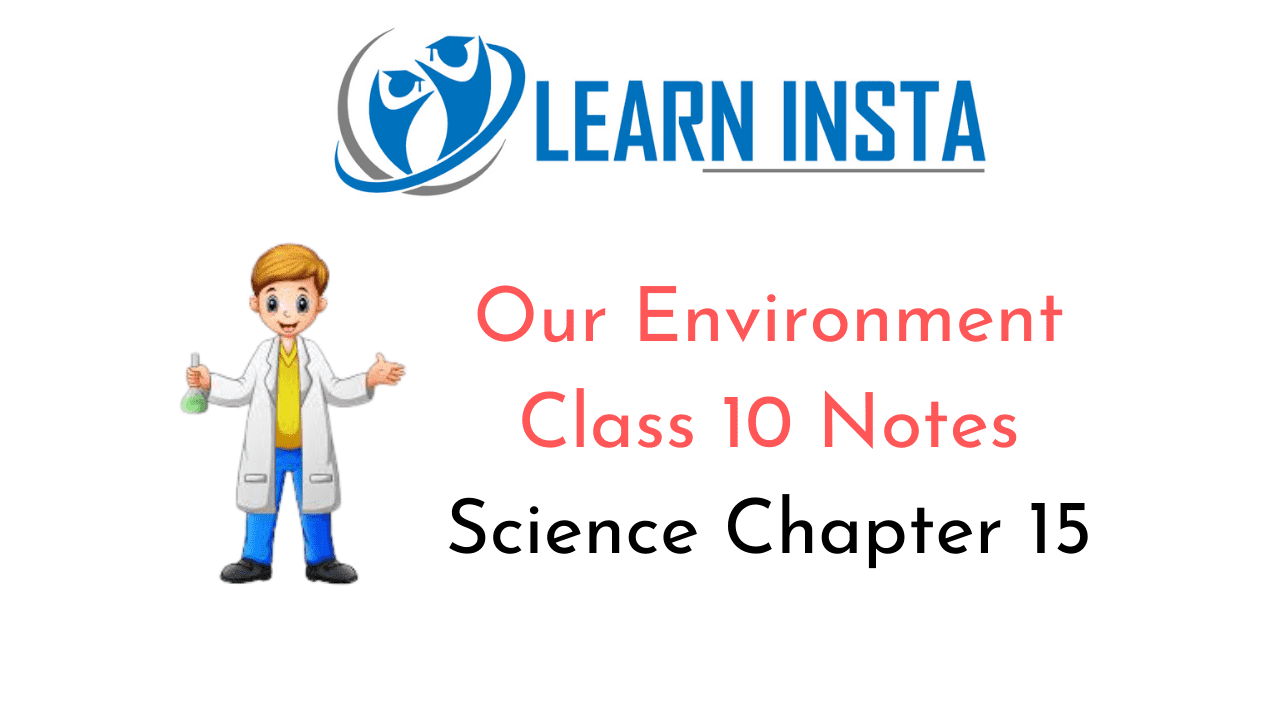 On this page, you will find Our Environment Class 10 Notes Science Chapter 15 Pdf free download. CBSE NCERT
On this page, you will find Our Environment Class 10 Notes Science Chapter 15 Pdf free download. CBSE NCERT 
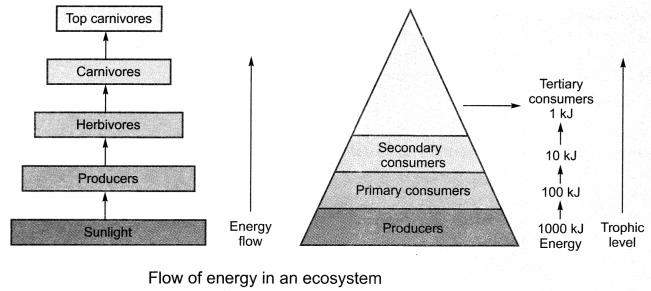

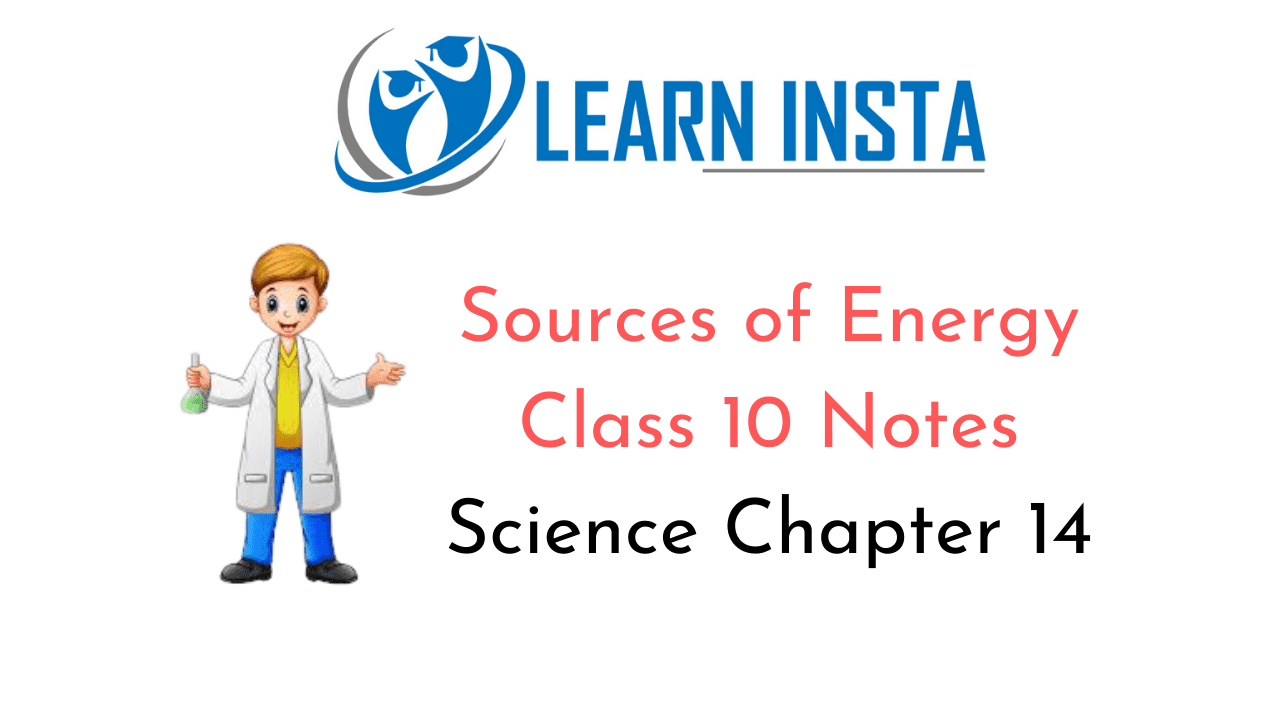 On this page, you will find Sources of Energy Class 10 Notes Science Chapter 14 Pdf free download. CBSE NCERT
On this page, you will find Sources of Energy Class 10 Notes Science Chapter 14 Pdf free download. CBSE NCERT 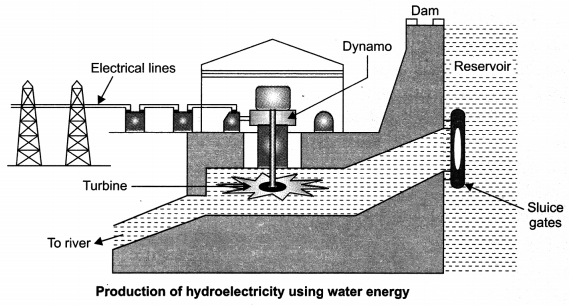

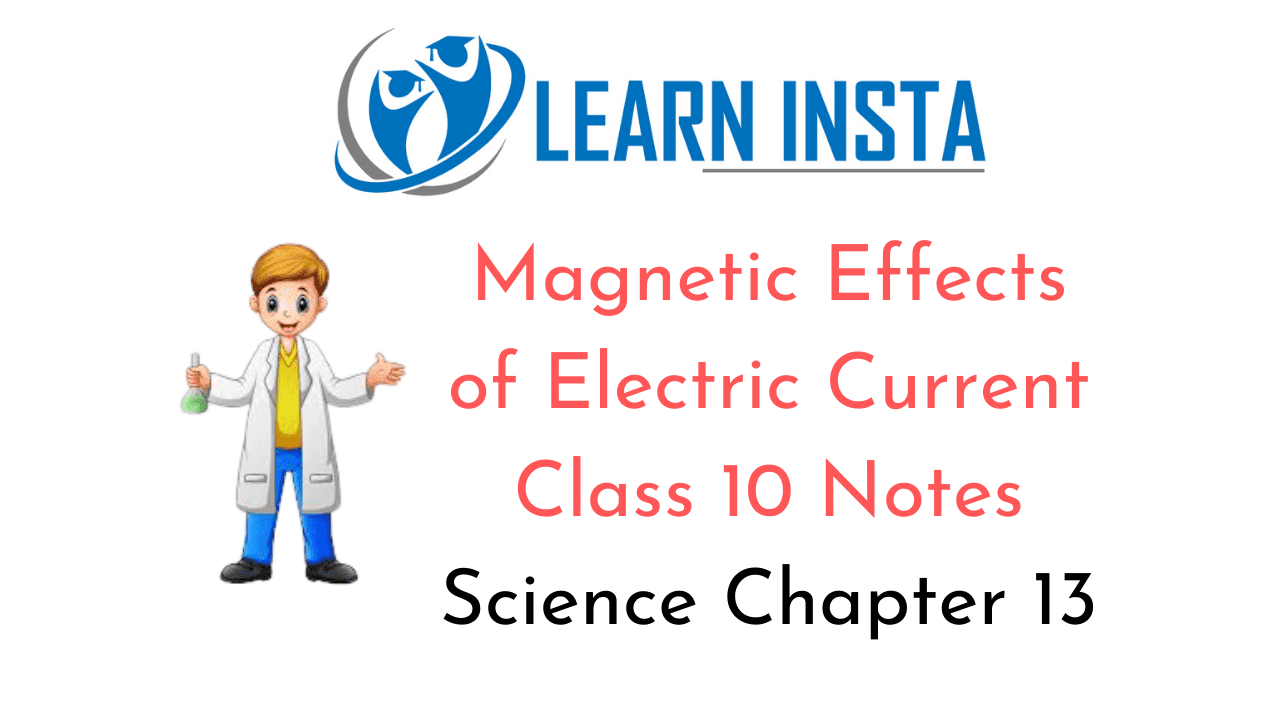 On this page, you will find Magnetic Effects of Electric Current Class 10 Notes Science Chapter 13 Pdf free download. CBSE NCERT
On this page, you will find Magnetic Effects of Electric Current Class 10 Notes Science Chapter 13 Pdf free download. CBSE NCERT 
